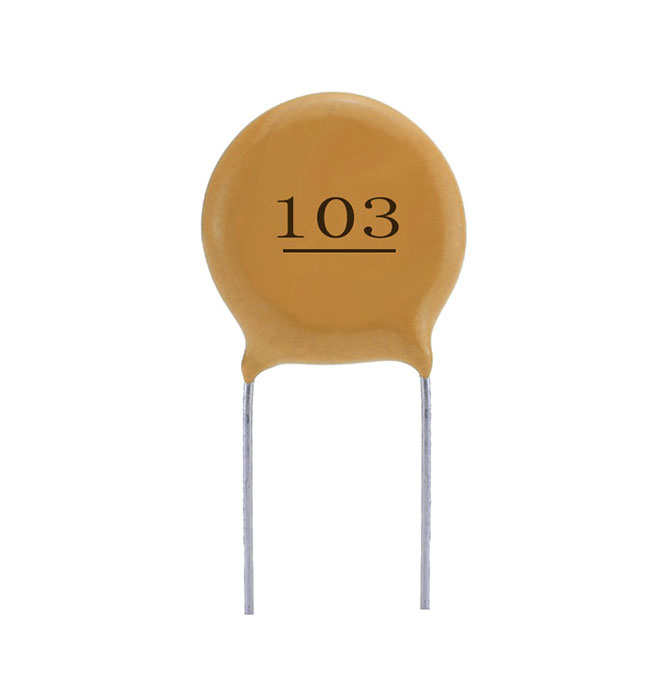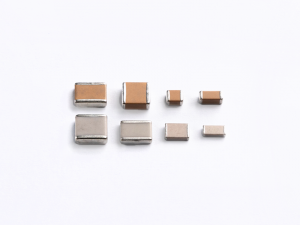When a capacitor is connected to a battery, a fascinating interplay of electrical phenomena unfolds. This article delves into the intricacies of this connection, exploring the underlying principles, the effects on both the capacitor and the battery, and the practical applications that arise from this symbiotic relationship.
- Capacitor Basics:
To comprehend the effects of connecting a capacitor to a battery, it is essential to grasp the fundamental workings of a capacitor. A capacitor is an electronic component that stores electrical energy in an electric field. It consists of two conductive plates separated by a dielectric material, which prevents direct current flow between the plates. - Battery Dynamics:
A battery, on the other hand, is a device that converts chemical energy into electrical energy. It comprises one or more electrochemical cells, each consisting of two electrodes immersed in an electrolyte. When a circuit is completed, a chemical reaction occurs within the battery, generating a potential difference or voltage. - Charging the Capacitor:
When a capacitor is connected to a battery, the battery's voltage causes electrons to flow from the negative terminal to one plate of the capacitor. Simultaneously, an equal number of electrons are repelled from the other plate, creating a positive charge. This process continues until the potential difference across the capacitor matches that of the battery. - Energy Storage and Release:
Once the capacitor is fully charged, it stores electrical energy in its electric field. Disconnecting the battery isolates the capacitor, allowing it to retain this stored energy. When a circuit is completed again, the capacitor discharges its energy, releasing electrons back into the circuit. This discharge can occur rapidly, leading to a sudden release of energy. - Time Constants and Capacitor Types:
The rate at which a capacitor charges and discharges is determined by its time constant, which depends on the capacitance value and the resistance in the circuit. Different types of capacitors, such as electrolytic, ceramic, or tantalum, exhibit varying time constants, affecting their suitability for specific applications. - Applications and Benefits:
The connection between capacitors and batteries finds extensive use in various fields. From smoothing power supply fluctuations in electronic devices to storing energy in hybrid vehicles, capacitors enhance system performance, improve efficiency, and provide backup power during voltage drops or power outages. - Considerations and Limitations:
While capacitors offer numerous advantages, it is crucial to consider their limitations. Capacitors have a finite energy storage capacity, and their voltage ratings must not be exceeded to prevent damage. Additionally, self-discharge and leakage currents can affect long-term energy storage, necessitating periodic maintenance and replacement.
Conclusion:
Connecting a capacitor to a battery initiates a captivating dance of energy storage and release. Understanding the principles behind this connection enables engineers and enthusiasts to harness the power of capacitors effectively. By leveraging this symbiotic relationship, countless technological advancements and innovations continue to shape our modern world.





+ There are no comments
Add yours